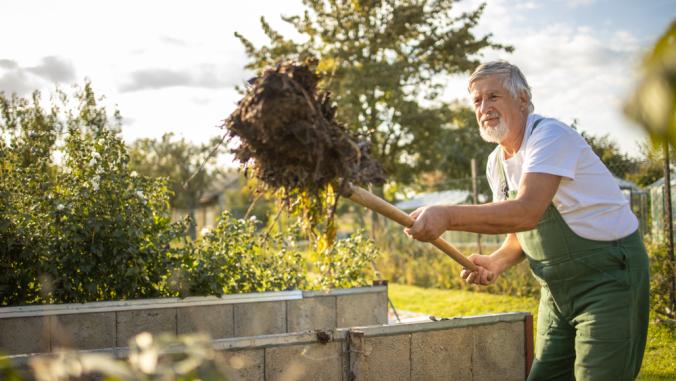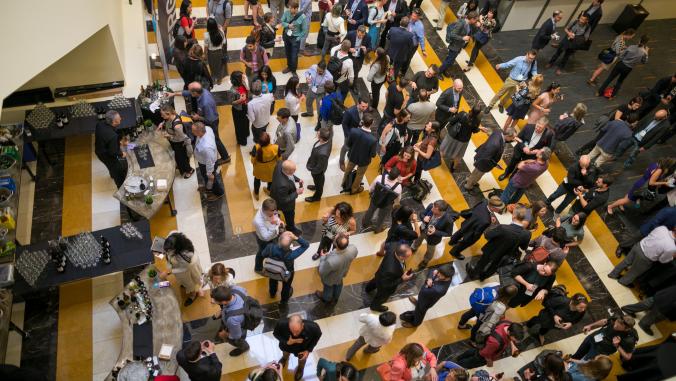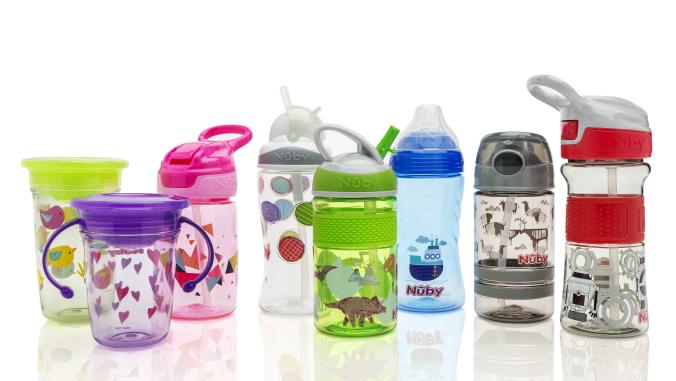Addressing the weakest links to advance circular supply chains
A recent partnership involving Coca-Cola and Target highlights opportunities for companies to close the gap

How to strengthen and grow the circular economy remains an open question. How do we convert supply chains from the current linear, "take, make and dispose" model into one where the maximum amount of inherent value contained in products is recaptured and retained? What role can companies play in that process?
Let's break down the circular supply chain into five major "links" to understand where companies can best contribute.
1. First, you need materials constituted in such a way that they can be broken down and reformulated into something similar to the raw material from which they originally were made — with little waste and at a cost less than that of virgin material. We call these recyclable materials.
A number of metals, some plastics and certain types of paper are examples. These materials exist because research dollars were spent developing them. For instance, recently McDonald's and Starbucks announced a partnership with Closed Loop Partners to fund the development of new recyclable or compostable drinking cups. (However, not all materials can be constituted this way. In some cases, we will need to substitute materials that can be recycled for ones that can't.)
2. Next, a process must take these recyclable materials, once they are finished being used, and perform operations — such as cleaning, separating, grinding, melting — to bring them into a reusable form. These processors need to deliver materials to manufacturers at quality, quantity and cost levels comparable to those of virgin materials, and to remain in business doing so. Large-scale public-private research partnerships such as the $140 million REMADE Institute are working to extend such capabilities and the efficiency with which they are practiced.
3. After that, manufacturers must be willing to accept these recycled materials, modifying their products or manufacturing processes if necessary, and offering them to customers. Again, the cost must work out so this can be done profitably.
These manufacturers could be taking on added supply-chain risk. That's because recycled materials (as with other renewable resources such as solar and wind energy) may not be available as consistently as those sourced from more conventional supply chains. Interface is a role model in this, continually redesigning its carpeting products to incorporate more sustainable materials.By joining with communities and nonprofits in this way, companies can plug the gaps in the system that allow so much waste to pass through.
4. The end users, generally consumers, must both be willing to purchase products made from recycled materials and, once finished with them, to voluntarily separate the recyclables from the items going into a landfill and make them available for pickup.
5. Finally, there must be a way to get the material from the point of use to the processors, once customers have finished. This is usually done at the municipal level by the local government or through contracted haulers.
This circular supply chain differs from a conventional path in more than its shape. The presence of two sets of non-commercial actors — communities and consumers — changes the landscape considerably. These actors have entirely different incentives, motivations, financial models and goals than the fully commercial supply chains of the past.
Most companies imagine that their role will fall within the first three links described above. They are examining opportunities for circularity in their product portfolios, packaging and operations, leaving the last two links for citizen groups and the like. But a circular chain is only as strong as its weakest link.
That's where a group such as the Recycling Partnership comes into play. Not only does it address the last two links of the supply chain as central to its mission, but it also provides a way for companies to engage there.
According to CEO Keefe Harrison, half of Americans cannot recycle as easily as they can throw out the trash — and the half of those that can, don't. It's her organization's mission to close that gap. Doing so could potentially capture an additional 22 million tons of recyclables each year, thereby reducing greenhouse gas emissions by 50 million tons, Harrison said. That's equivalent to taking 10.5 million cars off the road. It also would prevent $250 million in recycling-stream contamination costs.Not only does it address the last two links of the supply chain as central to its mission, but it also provides a way for companies to engage there.
Contamination, when non-recyclables are mixed into the flow of materials, making recovery more difficult, is a key target for the Recycling Partnership. Supported by funding partners, the group provides expertise and grant money to community partners, providing recycling carts, educational materials and capacity-building.
Keefe said she often finds herself at the interface between companies and communities, perhaps like a marriage counselor. "Companies and communities share similar goals but use different language to express them," she said. "There are different drivers. Communities provide a service to their citizens. Companies move materials to affect the bottom line. The action is the same, but the cause and effect [are] different."
A fine point here is often missed: When the person spending the money is not the person who benefits, that can be a hard sell — and yet an important opportunity for companies.
Smart companies want customers, particularly millennials, to feel good about buying their products and don't want their "branded trash" lying along roadsides and streambeds. To that end, the Coca-Cola Foundation in June donated $1 million to the Recycling Partnership for an effort to reduce marine debris. Keeping the focus on water and water quality, the foundation will fund grants to allow communities along U.S. shorelines to purchase lidded recycling bins.
"Through this new program, people living in coastal and waterway communities will be provided with the recycling program they need to prevent recyclables from entering waterways while also improving collection for future use," Helen Smith Price, president of the Coca-Cola Foundation, said in a statement.
By joining with communities and nonprofits in this way, companies can plug the gaps in the system that allow so much waste to pass through. Target, for instance, is an enthusiastic multi-year partner that contributes above and beyond the minimum level for board members, Harrison of the Recycling Partnership said.Companies and communities share similar goals but use different language to express them.
"Recycling plays a big part in Target's commitment to operating a sustainable business and using resources responsibly, so we can serve our guests for generations to come," Jennifer Silberman, Target's vice president, Corporate Responsibility, explained. "Working with the Recycling Partnership also gets one step closer to making recycling an easy, accessible and seamless experience for our guests and communities, meaning we can collectively scale our impact. For example, our investments will help bring curbside recycling to more underserved communities — increasing recycling and making more recycled raw materials available for packaging."
Progress in sustainability requires more solutions, such as this one, made not just for individual companies, but for the entire system. As Harrison said, "We're all in this bin together."





